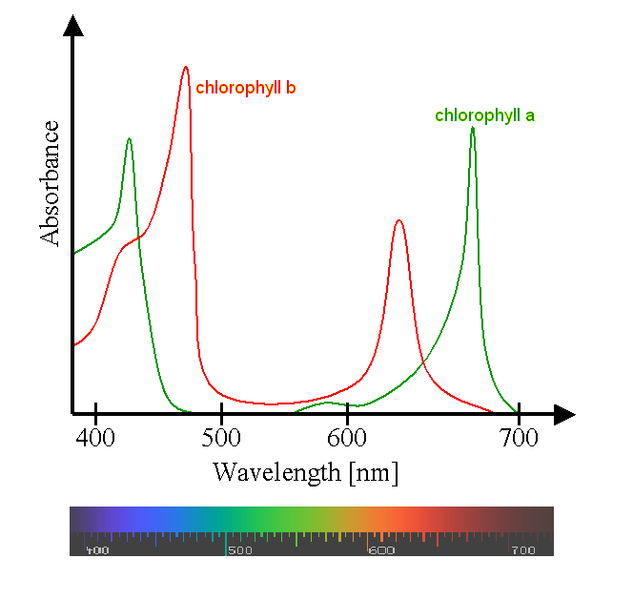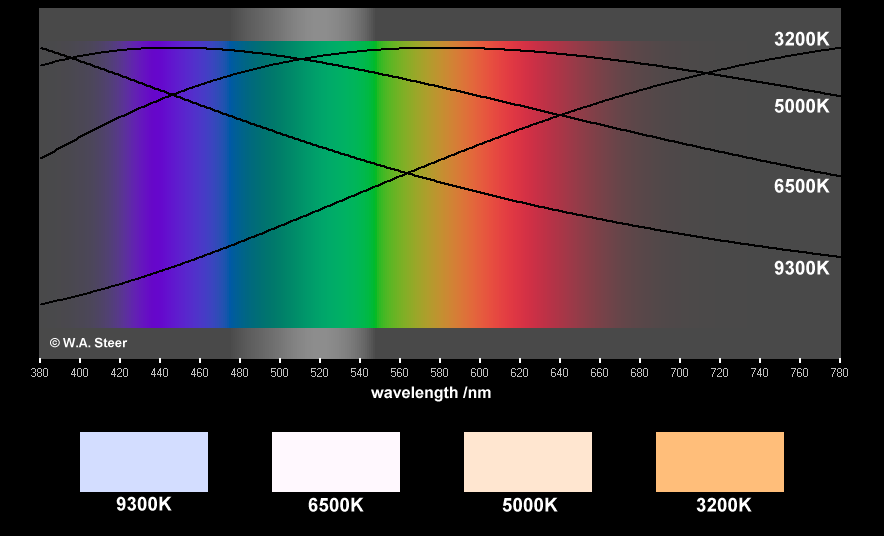After much debate I have finally decided I am going to try an ATS and see if I can remove my skimmer.
I know what my design approach is going to be now after reading through the entire FAQ's on this site. I was going to design a dump bucket for this but did not realize how much water needs to run over this filter. I have a 90 gallon aquarium and have 230lbs of live rock, yes that is a lot. So, I only have 60 gallons of water in the tank not including the sump/refuge which is only another 12. I plan on having a 11" wide x 10" tall screen.
Two questions:
1) Am I to understand that I need 400 gallons per hour to flow over this screen? To me that seems like a ton of flow. I was going to design a dump bucket that would dump 1/3 of gallon 3 times a minute over it but from what I have read, that is not nearly enough. 6.5 gallons per minute seems to be the minimum flow rate? This seems to me like it would be a lot of water to flow out of an 11" slotted pipe. I just need reaffirmation and clarification on this please.
2) As with anything that requires light there is always confusion. I am hearing two different things on the FAQ's. (Well reading them at least.) I should have blues and reds, 415nm-490nm for blue and 640-720nm for reds shinning as brightly as possible. However, it says not to use "actinic" lamps which seems contradictory to having the blue range of light. Also, you mention a kelvin rating of 2500-3500. I am confused on this because from what I know of photosynthesis, it is most active in the 640-720nm range and at 5500 kelvin.
So, I would like some clarification on what people have determined the best mix is and why if possible. Also, I am very tight on space and note that 12" 20w T5 bulbs are very hard to come by and there appears to only be one manufacture. Also, standard CFL bulbs at 23 watts would mean I would need 4 of them under my tank.
I have found the Colormax Coralife 20w mini compact florescent bulbs that appear to have a very good red range and even a good blue range. Would 4 of these bulbs suffice, (They are 8" long.) Or would 2 of the 50/50 bulbs and 2 of the colormax bulbs work better?
To summarize my question #2, which is confounded: A) Exactly what wavelengths of light work best and what kelvin is recommended and why? B) Will the colormax and/or 50/50 coralife 20w mini compacts work? C) Does anyone know of any 12" T5's that will work? D) Am I to understand that I need 100 watts, 50 on each side of my ATS?
Any help would be great. I just need to solve these problems and I can finalize my design.
Brandon



 Reply With Quote
Reply With Quote
 This is why they standardized on Kelvin.
This is why they standardized on Kelvin.
